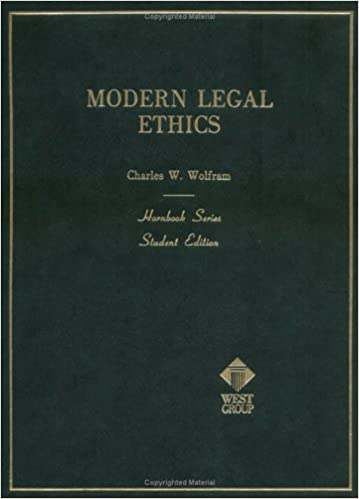In the area of liability insurance and the defense lawyer selected by the insurer, there has been a controversy for many years about who all the defense lawyer represents. Obviously, s/he represents at least one of the defendants who is insured, or not an insured but who needs to be defended anyway, e.g., because it is in the interest of the insured, not to mention also the insurer, and the insured has consented. For simplicity, consider the one defendant, who is an insured, template. (Even if it’s not in the interest of the insurer, perhaps it should be done anyway, for various reasons, all having to do with the interests of the insured.)
The issue under discussion here is whether a defense counsel represents, as a lawyer, only the insured, or represents both the insured and the insurer The first of these categories doesn’t really have an established name; the second is named the “tripartite relationship,” meaning that the lawyer has two clients, the insured and the insurer. (It is common in all lawyer and judicial writing to abbreviate all phrases which are used more than once or twice, I shall follow this tradition. Of course, using that form of abbreviation does not require that only the abbreviation be used after it is introduced.)
The literal meaning of “tripartite relationship” is that the lawyer represents at least two parties in the defense of the insured, where the third party is the insurer. This is a misleading phrase. There are always at least three parties in any such relationship, and there are more. This could be called the “At Least Two Client View. I shall ignore the complications here, and simply talk about the Two Client View” (or TCV). Similarly, the “One Client View will be abbreviated as the “OCV.”
As I watch the practice go by, most insurance defense lawyers say that OCV is the correct view. With a couple of rare exceptions, this view is not–and probably cannot–be true. If there is an attorney-client relationship between any lawyer and any person to whom the lawyer has provided legal advice, then there is an attorney-client relationship between the lawyer (L) and the person receiving the advice, i.e., the client (C). (And it may not be just advice. Under some circumstances, it may be information about the law, e.g., controversial legal matters, obscure legal matters, etc.– even legal history under some circumstances. Spelling does not count.)
The point here is that insurance defense provides legal advice to defending liability insurers “all the time.” Often the advice comes in the answers to questions asked by the insurer.
Here are a few examples:
- What are the chances (the probability) that this case can be won?
- Is it advisable to sue for legal fees, given that your C has (and our insured) been sued for malpractice?
- Is an action for breach of contract and negligence winnable under both causes of action, or only one.
- Is the plaintiff’s demand that we settle within policy limits in the interest of the defendant, our insured?
- Should you resist producing a copy of the policy, and–if so why? Should you even have it, since your client has lost his own?
- Have we got enough of the whole picture to make a reasonable decision as to settlement, this settlement, making a counteroffer, wait for settling until we reach “the courthouse steps”, or just go to trial, and take our chances?
- Have you explained to the insured that if we actually go to trial, and the verdict+judgment comes in over policy limits, it will be responsible for the “overage”?
As one might expect, this list goes on and on and on and. . . .
How can this not be an attorney-client relationship? This may happen even if the lawyer representing the insured but not hired by the insured supplies such advice, information, and so forth, to the insurer. And in what situations is the lawyer obligated to provide the insurer with relevant information or advice?
Many lawyers hate this situation since they think it creates awkward situations which trigger problems of legal ethics, and–above all–breaches of fiduciary duties owed the the insured, who is L’s C’s.
Here is the answer. L should antecedently inform both the insurer and the insured that there will be some joint representations in restricted areas. L should indicate and explain that the areas of representation–the scope of each representation–is different and for the most part do not overlap. The defendant C should be explicitly assured that if there is an overlap neither s/he nor the insurer–the other C–will take advantage of that learned from the overlap . As to the insurer C, it need not be informed repeatedly that the foregoing are the “rules of engagement.”
I said there were rare exceptions. Here is one of them. The insurer directs defense counsel not to send any reports, not to speak to it again about this case, and include no information about his/her activities about the case. A rarity indeed. Here is the second one. The insured ,who L represents, has forbidden L to make any disclosures to the insurer under any circumstances. S/He has said “I don’t give a dog’s defication–or a snake defication– about my duty to cooperate. It doesn’t apply to conflicts of interest, and there is one always in really meaningful cases.”
Now, here is the only problem about TCV. Upon it, L would owe the insured, a C, fiduciary duties. And, of course, it might anyway.



Recent Comments